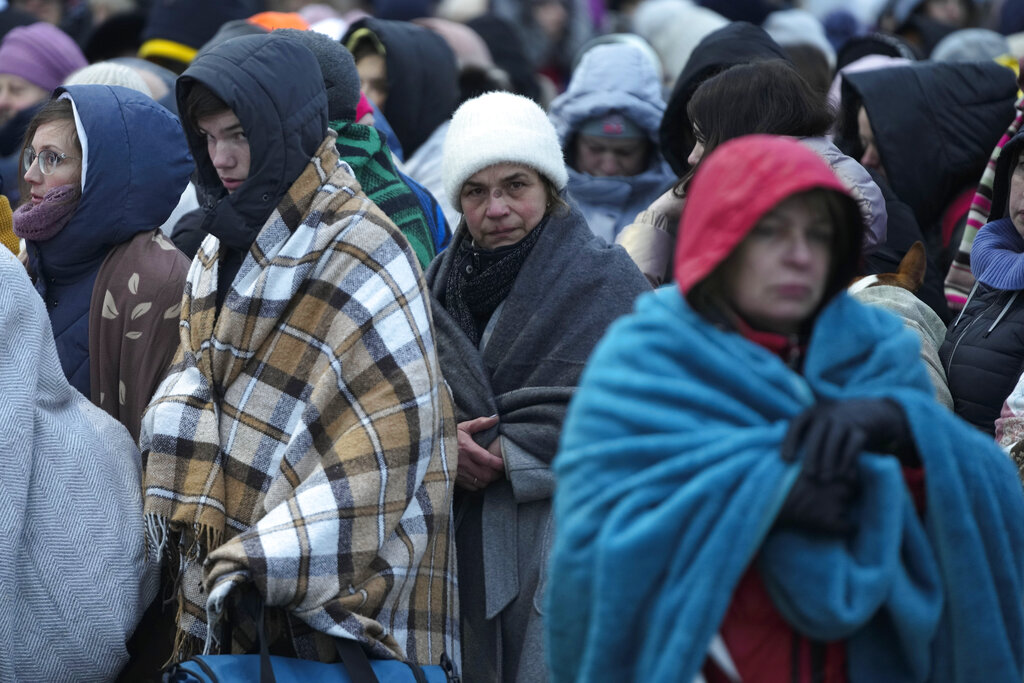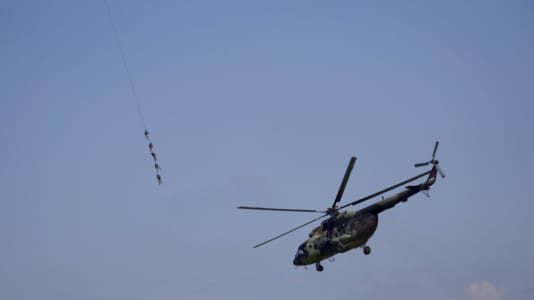The war in Ukraine has already displaced 14 million people, according to the United Nations, but Europe’s refugee crisis could accelerate further as Russia destroys critical infrastructure, leaving millions without water, electricity, and heat.
“This is an influx of refugees at a speed and scale not seen in decades,” said UN High Commissioner for Refugees Filippo Grandi during a meeting of the UN Security Council (UNSC). He said the crisis is “bringing the number of refugees and displaced persons worldwide to more than 103 million.”
He also pointed out that the people of Ukraine are facing “one of the world’s harshest winters in extremely difficult circumstances,” including further war damage to civilian infrastructure, which “makes humanitarian aid a drop in the ocean of needs.”
Russia’s new tactics are proving highly effective at knocking out critical infrastructure, including in major cities like Kyiv, which is experiencing rolling blackouts; in some areas, there remains no power at all.
Videos across social media show entire streets with no lights while others show people standing in long lines just to secure drinking water.
While Ukrainians have worked frantically to restore water and power in many of the affected cities, the question now is how many guided munitions Russia can produce and launch into Ukrainian territories, and how effective Ukraine’s air defense capabilities will be going into the future. While Ukraine has already received a number of cutting-edge air defense weapons from the U.S. and Germany, up until now, they have not been completely effective, and Russian missiles are still hitting key infrastructure.
Europe is ill-equipped to deal with a further influx of Ukrainian refugees this winter. As Remix News previously reported, Germany is dealing with an unprecedented crisis due to both refugees from Ukraine and hundreds of thousands of migrants from Africa, the Middle East, and Asia. The majority of these are economic migrants, many of whom have taken accommodations away from threatened Ukrainians. Even for those actually fleeing war or conflict from these non-European countries, many pass through safe lands such as Turkey, Greece, and the Balkans on their way to wealthy countries like Germany and Sweden.
At the same time, some politicians are growing skeptical of how many Ukrainians can be absorbed by European countries, with claims of “benefit tourism” hotly debated in the German media and reports of schools and refugee housing facilities at their breaking point.
According to Mandiner, Grandi said that humanitarian organizations “have dramatically stepped up their assistance, but much more needs to be done, starting with stopping this senseless war.”
However, in view of what looks to likely be a protracted conflict, UNHCR is preparing for further waves of Ukrainian refugees and providing aid inside the country.






